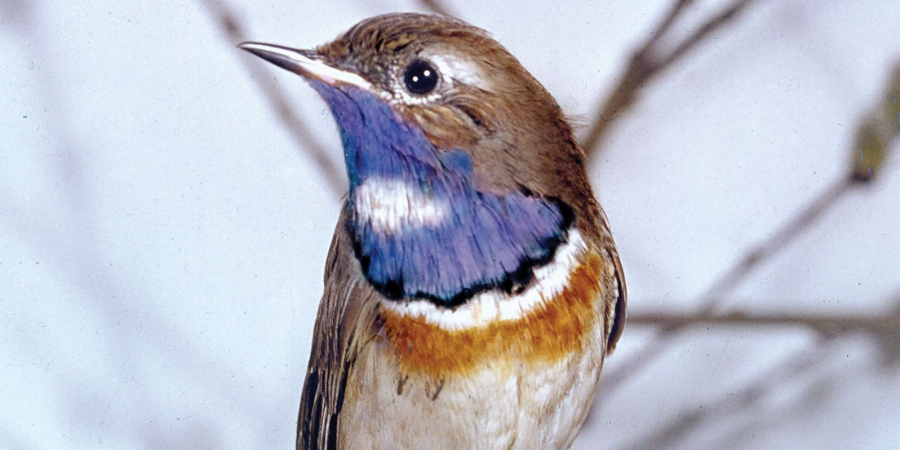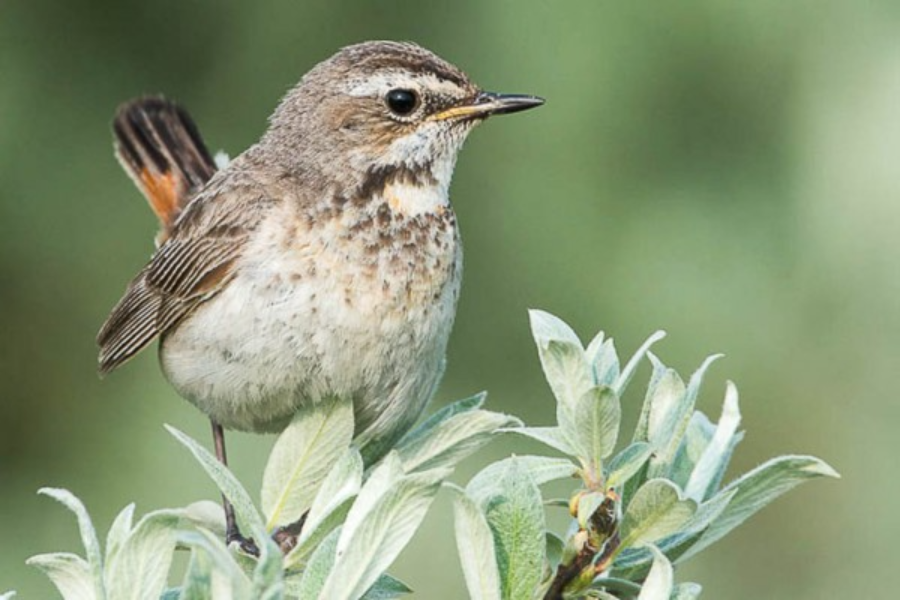

There isn't much information about a blue nightingale on Wikipedia, but here's some related information about nightingales and other birds: Nightingales These birds are found in Eurasia and are known for their complex songs. They have plain brown backs, whitish undersides, and rufous tails.
The males are usually brighter than the females, with dark blue, black, or brown backs and red, orange, or blue throats and upper breasts.
Nightingales are migratory, breeding in forests and scrub and wintering in tropical Africa, India, or Southeast Asia. Ruddy-capped nightingale-thrush These birds forage on the forest floor, searching for insects, spiders, and small fruits. They build bulky, lined cup nests in dense undergrowth or thickets, often near water. The female incubates the eggs for 15–16 days, and both parents feed the young for 14–16 days more.
Bluethroat These small passerine birds are similar in size to the European robin. They have plain brown backs, black tails, and red side patches. They breed in wet birch wood or bushy swamps in Europe and across the Palearctic, and winter in the Iberian Peninsula, northern Africa, and southern Asia.
It is a migratory insectivorous species breeding in wet birch wood or bushy swamp in Europe and across the Palearctic with a foothold in western Alaska. It nests in tussocks or low in dense bushes. It winters in the Iberian Peninsula, the northern half of Africa, and in southern Asia (among others including the Indian subcontinent). The bluethroat bird is similar in size to the European robin at 13–14 cm.
It is plain brown above except for the distinctive black tail with red side patches. It has a strong white supercilium. Despite the distinctive appearance of the males, recent genetic studies show only limited variation between the forms, and confirm that this is a single species.[2] Moults begins in July after breeding and are completed in 40–45 days, before the birds migrate.[3] The male has a varied and very imitative song.[4] Its call is a typical chat chack noise.
Bluethroats migrate along different routes depending on their subspecies and breeding location: Alaska and Canada Bluethroats that breed in these regions leave Alaska in August and return in late May to mid-June.
Europe European bluethroats migrate west of the Himalayas to winter in southern Asia. Eastern Siberia Some bluethroats from eastern Siberia migrate east of the Himalayas to winter in Myanmar.
Thank you…..for your reading.

💙💙💙💙💙💙💙💙💙💙💙💙💙

